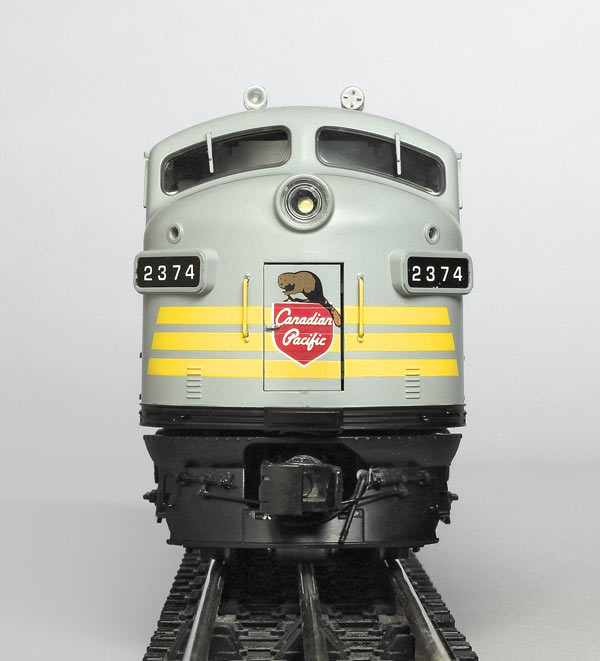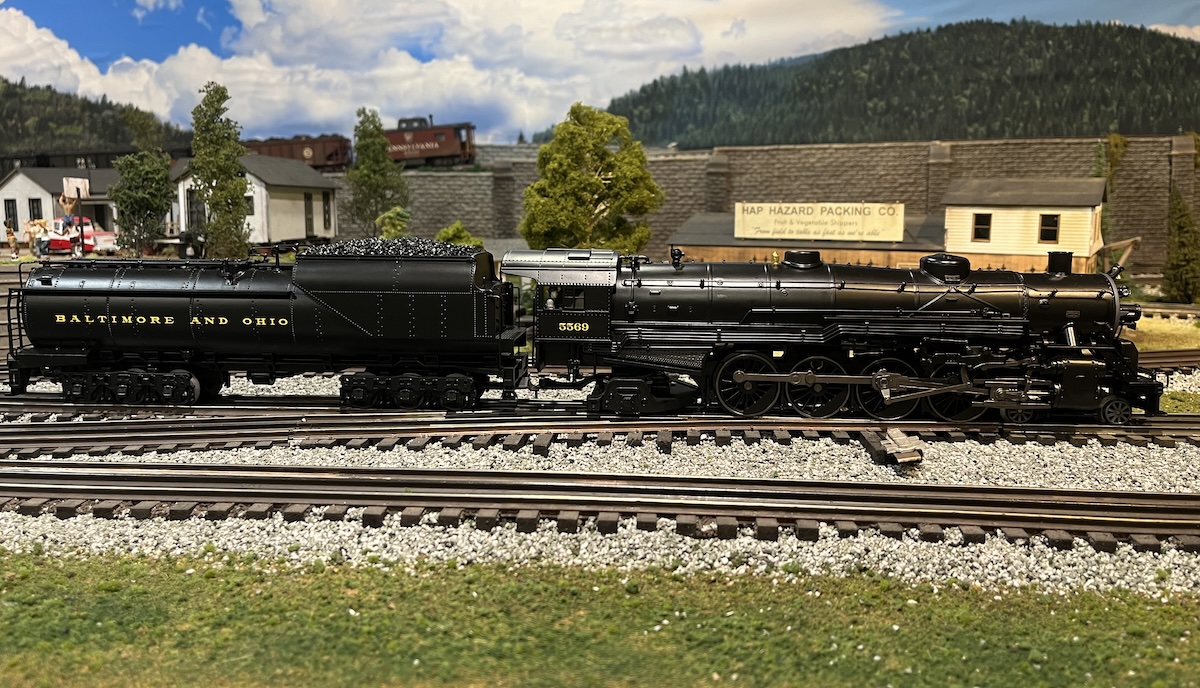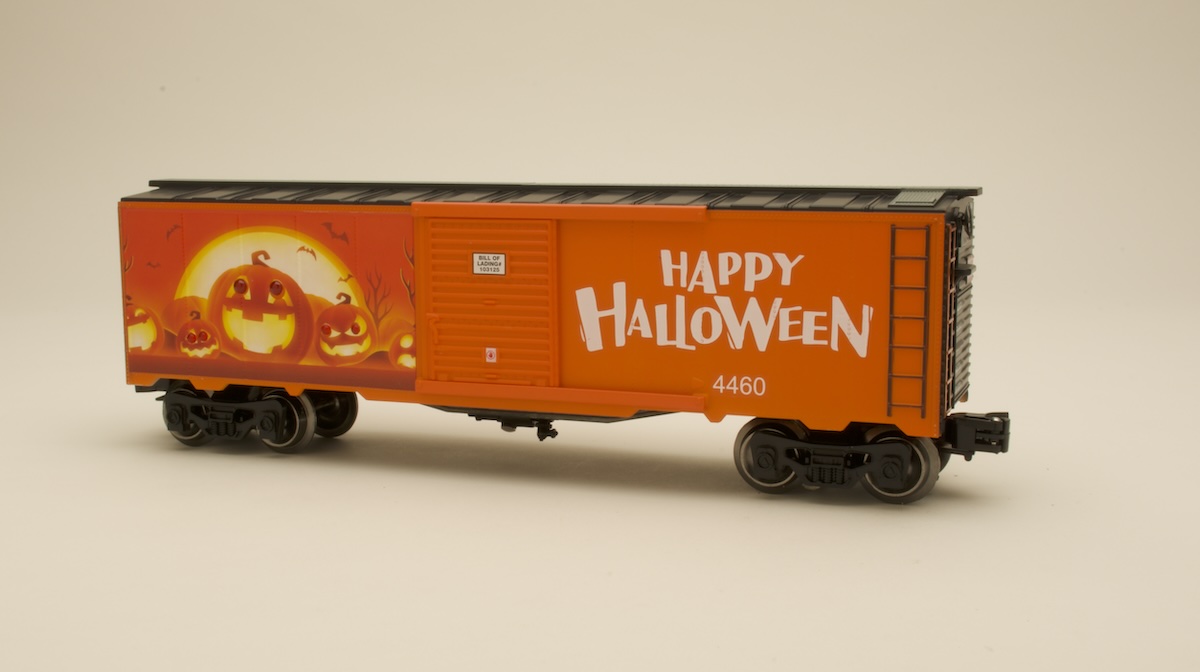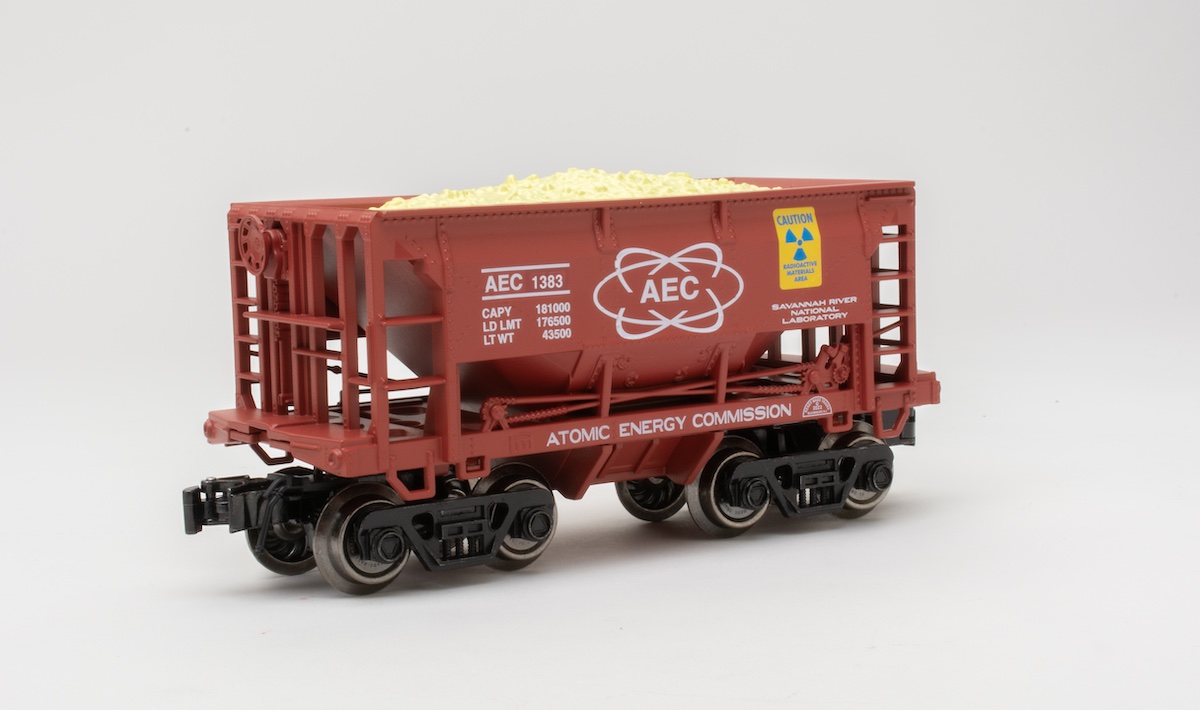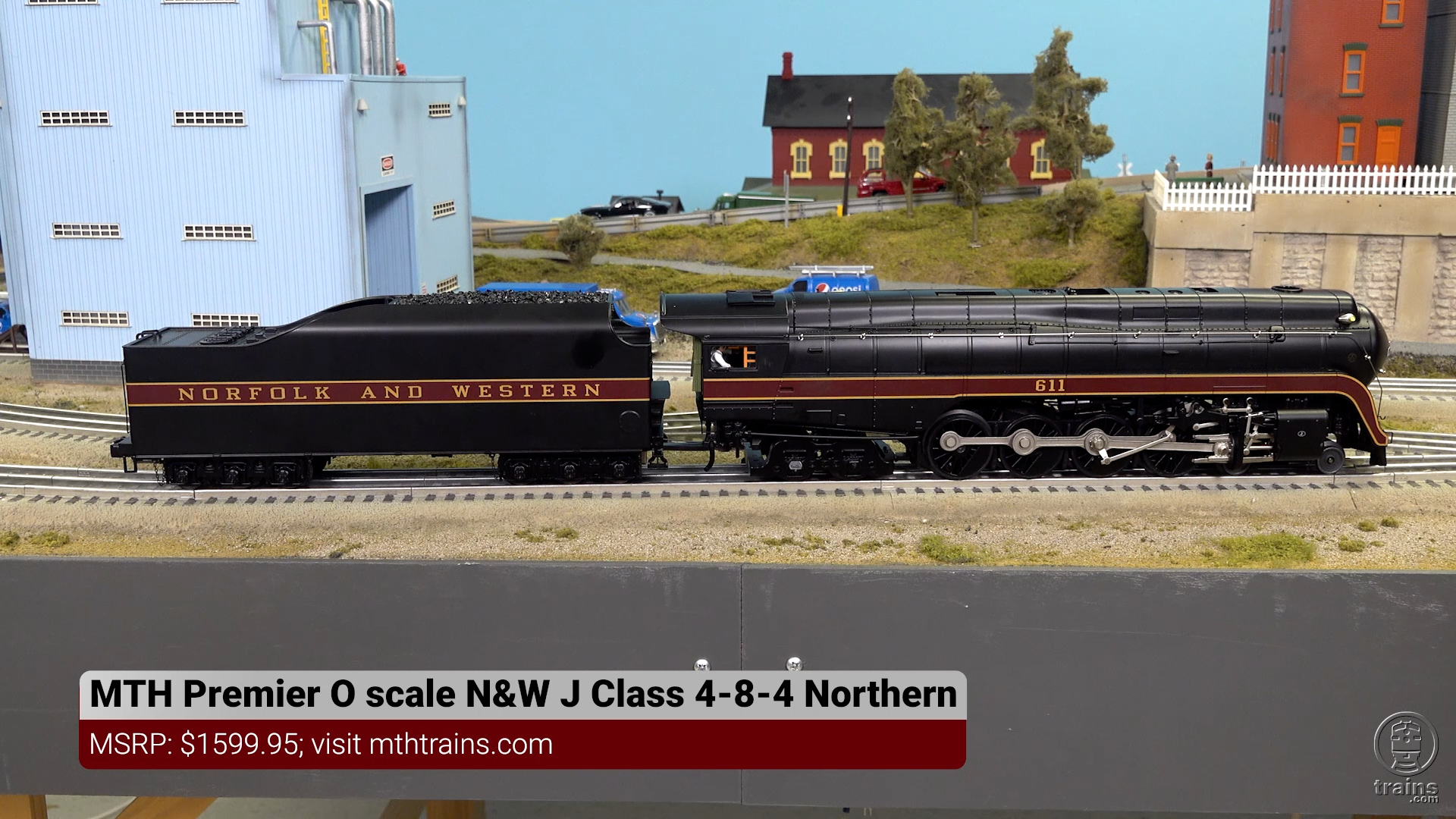Cab units once roamed North America in epic buffalo-like herds, hauling freight and passengers from places like Syracuse and Montpelier to Cheyenne and Cucamonga. Whether they hailed from the forges of Alco, Baldwin, or Fairbanks-Morse, cab units were generally seen as the last vestige of the art deco era of streamlining. And no diesel was mightier than the F3 from General Motors’ Electro-Motive Division in LaGrange, Ill.
The F3 dispatched steam power with the ruthless grace of a matador besting a bull. And after the F3 had done the job, other models of F5 through F9 units expanded dieselization’s grip on rail transport. Alas, though many F units still exist, few operate beyond the scope of providing power for special runs for museums, dinner trains, or hauling executives of major railroads.
Opening the box
First off, let me give a tip of the hat to CTT Senior Editor Kent Johnson for the use of his model. Though Kent’s modeling is limited to modern Canadian power, he did decide that an F3 in the Canadian Pacific maroon and gray was just what he needed for pulling 1:48 scale fan trips or maybe a “Moonlight over Manitoba” dinner train. Oh, that last idea was mine, not Kent’s.
The F3 pilot features an angled metal face versus the rather plain Jane pilot of the postwar years. There are add-on detailing bits, including an uncoupler arm and a brake line.
Even after all these years, I’m always surprised and delighted to find how exceptionally smooth a product Lionel’s F3 tooling can deliver. The snout is smooth and finds marker lights and large number boards esthetically placed on the upper side. Add-on yellow grab irons bracket a door with a red shield and add-on handle.
The cab is Spartan, but it is illuminated and has two crew figures.
The sides have add-on grab irons at the front and rear side doors and the rear corner. The sides have dual portholes. There is an interesting web of see-through screens running along the top and between the portholes.
There is a distinctly interesting bit of detailing below the screens – portions of the body have square segments removed to reveal vent portals. These features would normally have held air filters, but during summer months some railroads may have left them filter free to keep internal equipment cooler. In the right light these make for interesting viewing that is a notch or two above side screen arrangements I’ve seen on other cab units.
Running along the roof of the locomotive are screens for the dynamic braking system (behind the cab), add-in lift rings, low-profile cooling fans, and four more lift rings bracketing the exhausts for the steam generator.
Paint application was flawless. Of special note were the thin yellow accent stripes along the side and up and over the top. Numbering and lettering were first rate, and the three yellow paint stripes over the nose were perfect.
On the test track
If you prefer to operate vintage equipment, don’t worry about the scale size or detailing of this F3 – it will look at home on a postwar-style layout. Modern operators will be pleased with the model’s looks and its capability. The big difference is – as is often the case today – what’s under the hood.
This model features Lionel’s Legacy command and sound systems as well as Odyssey speed control. You have the flexibility of running in conventional, TrainMaster command mode (using a CAB-1 hand unit), or full Legacy operation. Obviously, you will have more limited operations in conventional mode.
The powered A unit (no. 2373) was a pleasure to run. With the sounds off, operation was virtually silent; with the sounds on, you’ll have that extra texture of an EMD prime mover!
Both powered and unpowered units have smoke units. The cab and marker lights are illuminated, and the headlight changes upon a reverse in direction. A backup light is on the rear.
To get the directional change functionality of the unpowered A unit, you’ll need to create a lash-up to operate both units as one train. Otherwise the cab and headlight remain on.
The conventional-mode low-speed average was 2.2 scale miles per hour, while the command-mode low was a spiffy 1.45 scale miles per hour. Now, surprisingly, on the high end I timed it at 103.8 scale miles per hour. I believe I could have nudged it a bit higher. Drawbar pull was 2 pounds, 3 ounces.
Controls for run/program, speed control, sound, and smoke unit output are on the underside of the frame.
The sound package is great. There is what I’d call an interesting thrum when the F3 starts up; underway it progresses through revs as it increases in speed. The bell is satisfactory, and the horn was right on target for me.
Both the powered and unpowered units have smoke generators. While the smoke unit for the powered unit was quiet, the unpowered unit generated an annoying noise – a kind of whir-click. Whatever the cause of the problem, it didn’t impede smoke output, and the streams of the white stuff from both units were outstanding.
We contacted Lionel and a representative speculated that the noise might be either an untrimmed piece of plastic on the underside of the molded fan catching on the motor-mounting screws at the base of the smoke bowl, or by a screw that has backed out slightly or was not tightened completely during the production assembly process.
We tested this model using an MTH Z-4000 transformer powering Lionel’s Legacy command system, and all functions, including crew communications and coil couplers, functioned well.
This is a pleasing model that has the general size and shape of a Lionel postwar favorite, yet possesses upgraded detailing and a state-of-the-art electronics package that enhances operation.
If you have room for an F3 in your fleet, this is a solid candidate.
Features: O-31 operation, one powered A unit, two can-style motors, smoke units and coil couplers on both units, speed control, Legacy sound and command systems.





